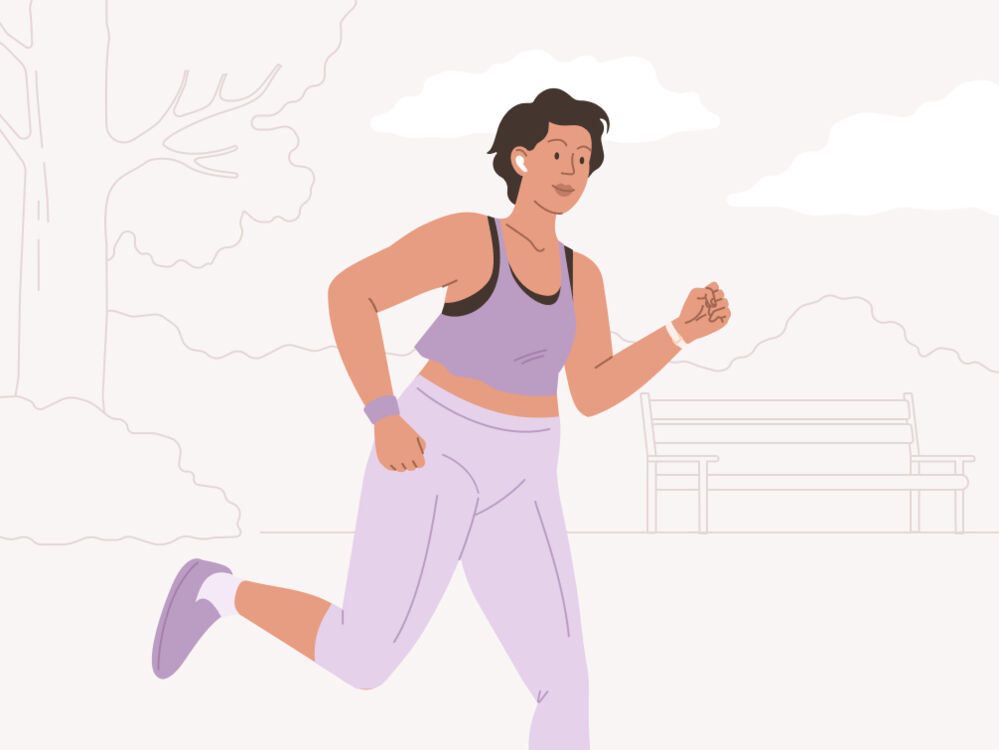Hands up if you regularly feel bloated, moody, hungry, tired, or a whole host of other irritating symptoms right before your period? Turns out, there could be a reason for that. Here we explore everything you need to know about premenstrual syndrome (PMS), from symptoms to treatment options.
Key takeaways
- PMS is the umbrella term for the physical and emotional symptoms that can show up before your period.
- Symptoms of PMS vary from person to person, but they can include bloating, food cravings, fatigue, and mood swings.
- PMS symptoms usually start one to two weeks before your period and ease within four days of it starting.
- Exercise, getting enough sleep, eating a balanced diet, and hormonal birth control can all help to manage symptoms of PMS.
Premenstrual syndrome: What is it?
PMS is a group of different symptoms that occur a week or two before your period starts.
These symptoms can vary from person to person and can be physical, emotional, or a combination of both; more on these later.
PMS is often the butt of the joke, and it's become a bit of a stereotype that it makes women and people who menstruate “emotional.” It’s important to challenge this belief because it can trivialize PMS and make it hard for people who are struggling with PMS to feel heard.
If you have periods, it’s important to know the signs of PMS and how to deal with them. Keep reading to learn more.
What causes PMS?
It’s not entirely clear why some people experience PMS, but it’s likely due to the hormonal changes that happen during the menstrual cycle. These changes affect each person differently, so some people may experience more severe symptoms than others. Like many aspects of female health, PMS still isn’t completely understood, and we need more research to understand the exact cause.
How common is PMS?
PMS is pretty common. In fact, around 75% of women experience symptoms of PMS, so if you’re one of them, take some comfort in knowing that you’re definitely not alone.





